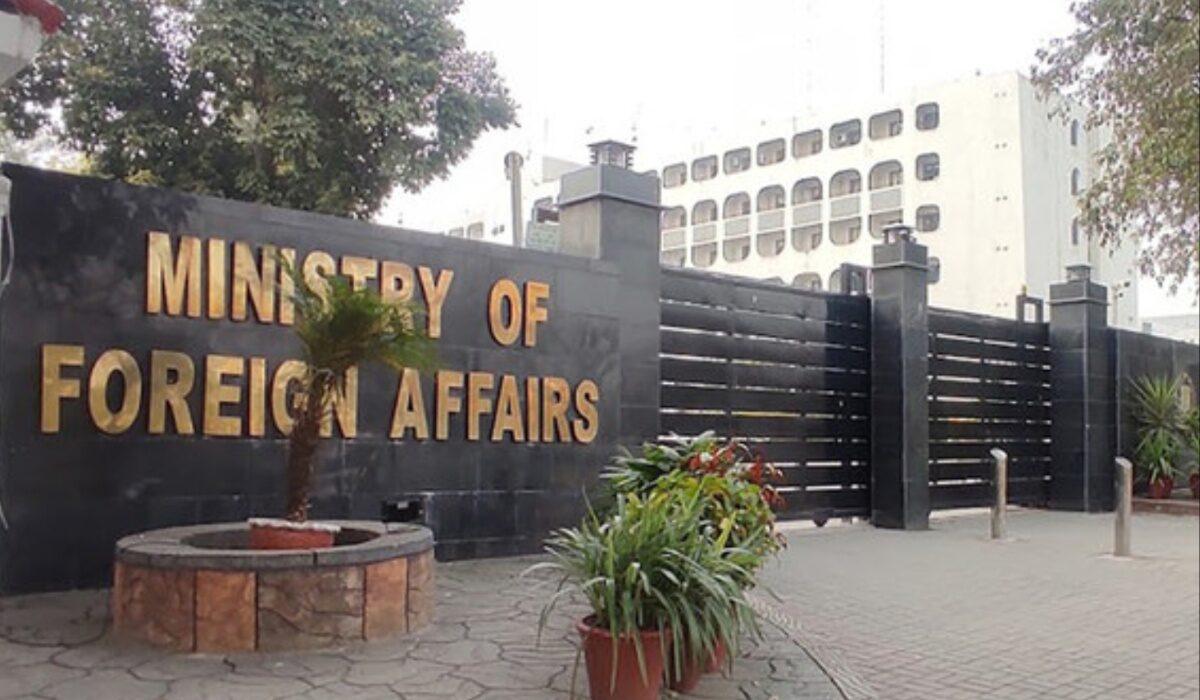The typhoon is producing gusts of up to 270 kilometres per hour


Tokyo: Japan’s weather agency warned Saturday of “unprecedented” risks from a “very dangerous” typhoon heading towards the southern Kyushu island, urging residents to take shelter ahead of the storm.
Typhoon Nanmadol was producing gusts of up to 270 kilometres (167 miles) an hour and classed as a “violent” storm, the agency’s top level, on Saturday.
By late afternoon it was approaching the remote Minami Daito island, 400 kilometres east of Okinawa island.
The storm is expected to approach or make landfall on Sunday in Kyushu’s southern Kagoshima prefecture, then move north the following day before heading towards Japan’s main island.
“There are risks of unprecedented storms, high waves, storm surges, and record rainfall,” Ryuta Kurora, the head of the Japan Meteorological Agency’s forecast unit, told reporters.
“Maximum caution is required,” he said, urging residents to evacuate early.
“It’s a very dangerous typhoon.”
Kurora said the weather agency was likely to issue its highest alert later Saturday for the Kagoshima region.
Called “special warnings”, these are issued only when the JMA forecasts conditions seen once in a few decades.
It would be the first typhoon-linked special warning issued outside of the Okinawa region since the current system began in 2013.
“The wind will be so fierce that some houses might collapse,” Kurora told reporters, also warning of flooding and landslides.
An evacuation “instruction” – level four on a five-level scale – is already in place for 330,000 people in Kagoshima, and authorities urged people to move to shelters or alternative accommodation before a top-level call was issued.
Evacuation warnings in Japan are not mandatory, and during past extreme weather events authorities have struggled to convince residents to take shelter quickly enough.
Japan is currently in typhoon season and faces around 20 such storms a year, routinely seeing heavy rains that cause landslides or flash floods.
In 2019, Typhoon Hagibis smashed into Japan as it hosted the Rugby World Cup, claiming the lives of more than 100 people.
A year earlier, Typhoon Jebi shut down Kansai Airport in Osaka, killing 14 people.
And in 2018, floods and landslides killed more than 200 people in western Japan during the country’s annual rainy season.
Ahead of Typhoon Nanmadol’s arrival, flight cancellations began to affect regional airports including those in Kagoshima, Miyazaki and Kumamoto, according to the websites of Japan Airlines and All Nippon Airways.
Scientists say climate change is increasing the severity of storms and causing extreme weather such as heat waves, droughts and flash floods to become more frequent and intense.
SOURCE: AFP
Bollywood studio Bhansali Productions to sell future film music to Saregama India
- 6 hours ago

Why Republicans in Congress are turning against Trump
- 18 hours ago

Zillow’s short-sighted move to overlook climate risk
- 9 hours ago
Tagic Army Public School (APS) Peshawar incident completes 11 painful years
- 2 hours ago

Young Leaders Conference 2025 highlights social stewardship on day two
- 4 hours ago
Former Punjab CM Manzoor Wattoo passes away at 86
- 7 hours ago
Pakistan qualify for semi-final of under 19 Asia Cup cricket
- 3 hours ago
AI boom seen lifting chipmaking equipment sales 9pc to $126bn in 2026
- 3 hours ago

Gold prices dip per tola in Pakistan, global markets
- 6 hours ago
Bondi gunman’s Indian family had no knowledge of his radicalisation, Indian police say
- 7 hours ago
Sabalenka named WTA Player of the Year for second straight season
- 6 hours ago

Assailants kill cop, brother in gun attack in KP’s Lakki Marwat
- 3 hours ago


